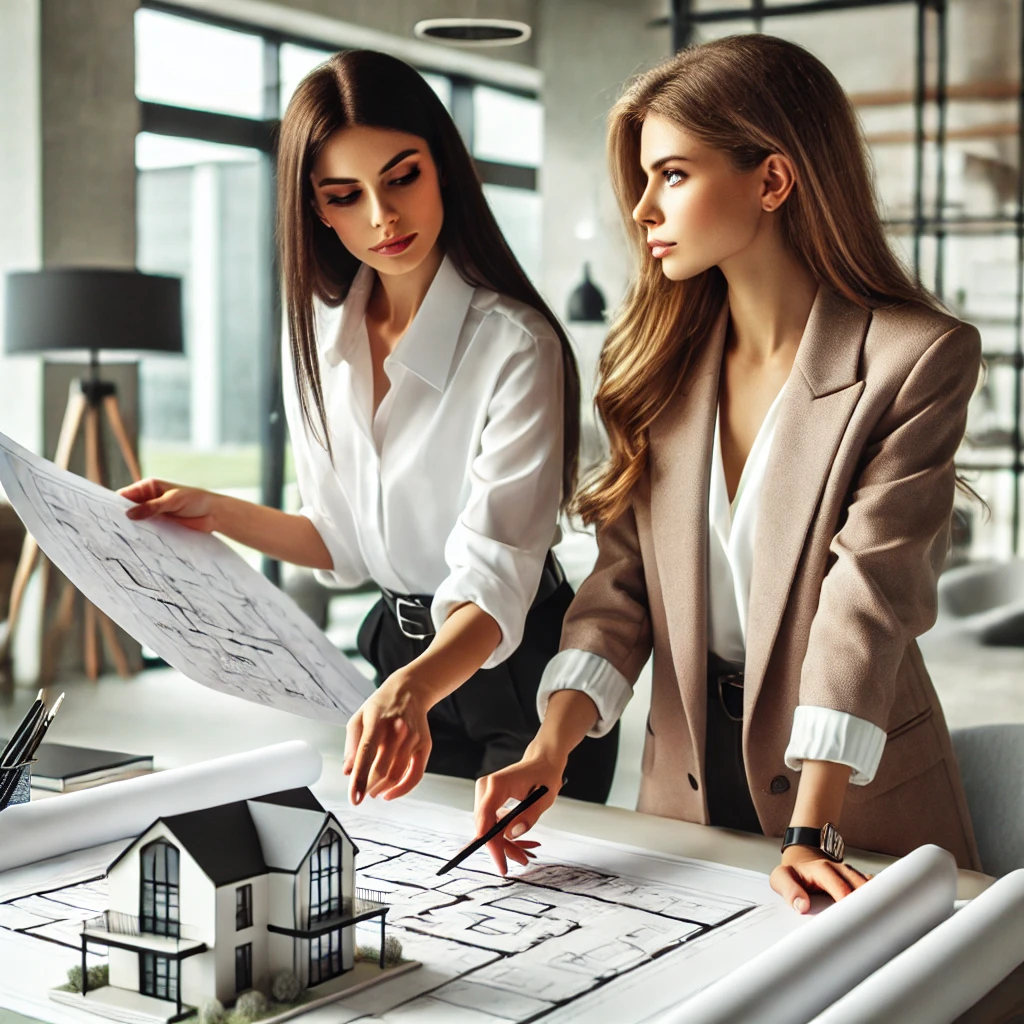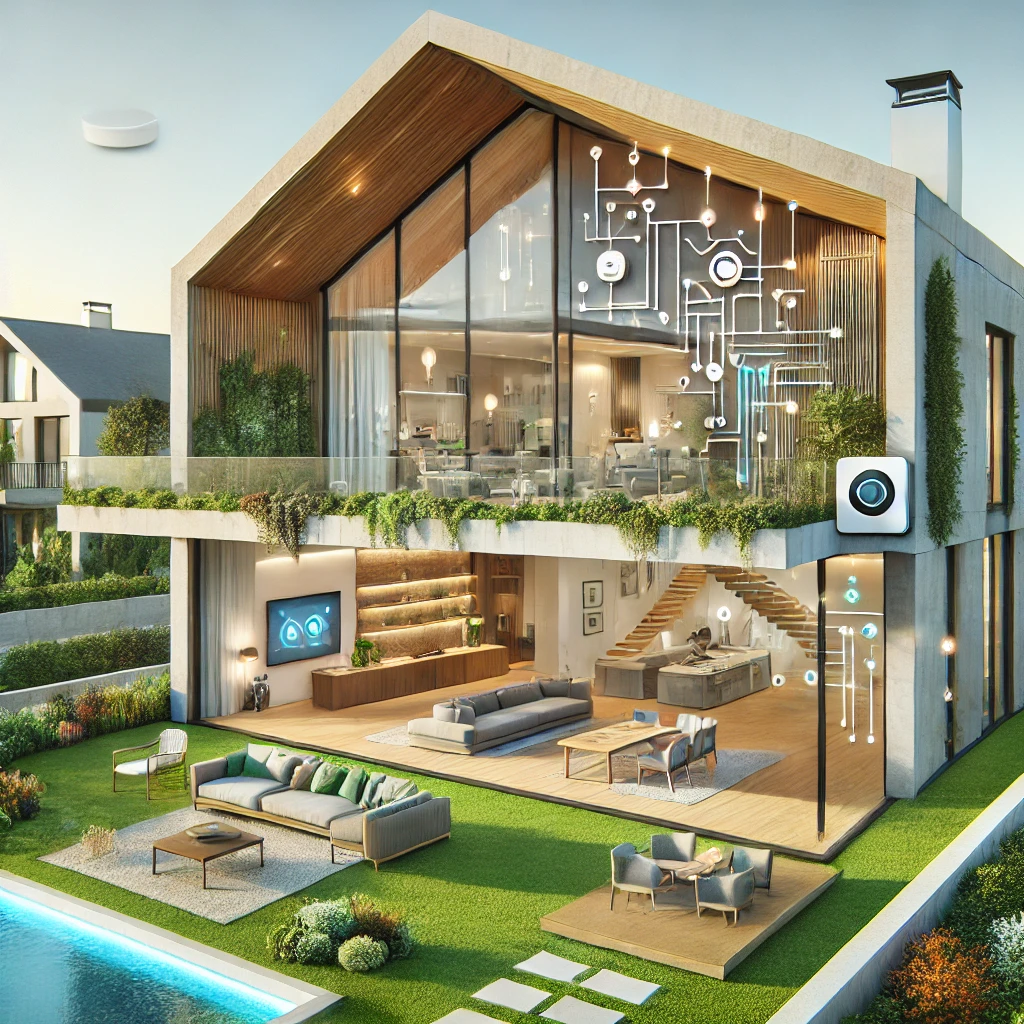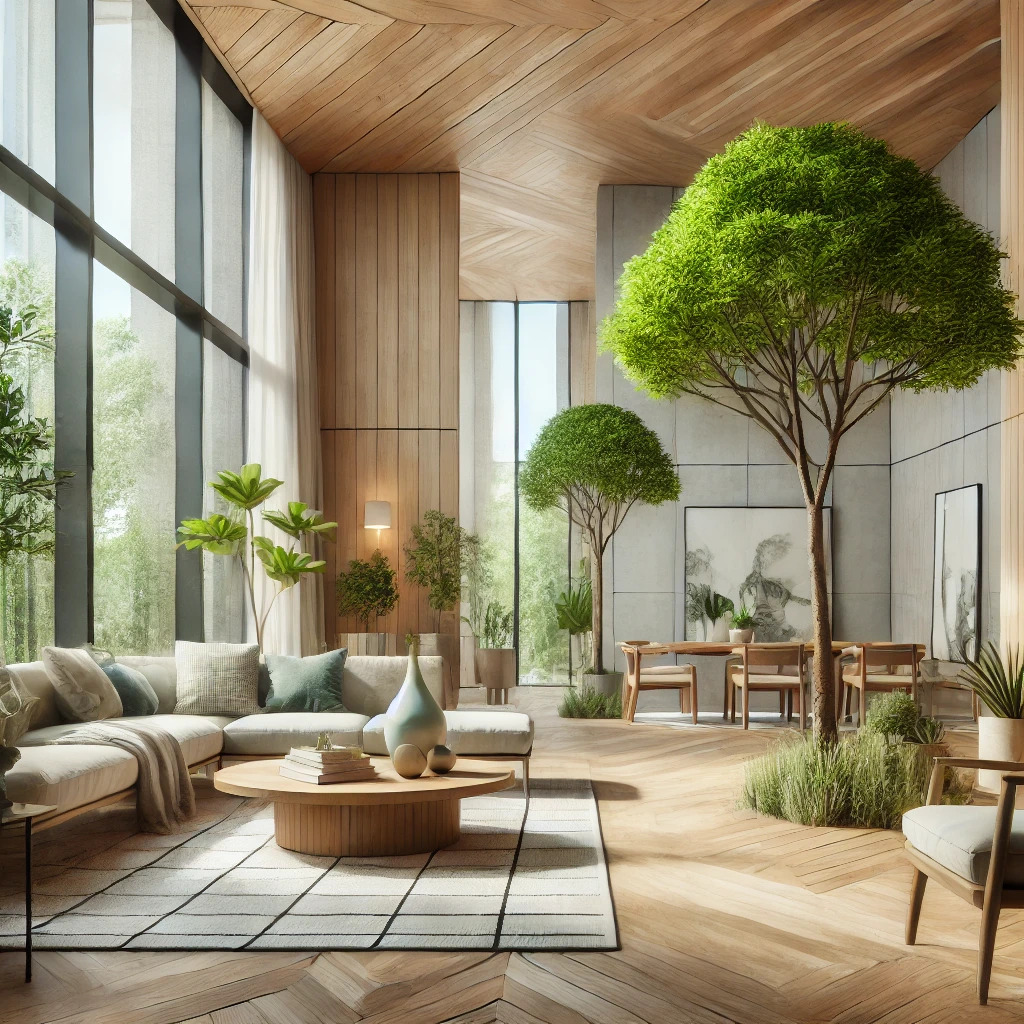“Architecture is a visual art, and the buildings speak for themselves.” – The role of an architect in the design of private houses
Architects play a crucial role in the design process of private homes. Their expertise and vision help create functional and aesthetic spaces that not only meet the needs of the homeowners,
but also leave a lasting impression. Architecture is more than just building a building;
It is an art form that interacts with its environment.
The role of an architect in the design of private houses goes beyond just drawing plans;
They are the brains behind creating unique and captivating buildings.
Architects have a deep understanding of how to blend form and function seamlessly. They take into account various factors such as the location, the climate and the lifestyle of the home owners when designing private homes. They use their knowledge of materials,
Construction techniques and spatial planning to create spaces that are not only visually pleasing but also practical and efficient.
From the layout of the rooms to the choice of materials,
Architects carefully consider every detail to ensure that the home meets the specific needs and desires of the home owners.
Successful architectural projects demonstrate the impact of an architect’s involvement in the design of private homes. Take, for example, the iconic Fallingwater House designed by Frank Lloyd Wright.
This masterpiece blends seamlessly with its natural surroundings,
with cantilever balconies and large windows offering breathtaking views of the surrounding landscape.
The Guggenheim Museum in Bilbao, designed by Frank Gehry,
is another clear example of the transformative power of architecture. The unique design of the building,
With its curved titanium panels, it not only revitalized the city but also became a symbol of modern architecture.

A picture depicting a bedroom from a modern private home design
For a consultation call at no cost and without obligation call now or leave details in the box
Does a house become a house with architecture?
When we think of a house, we often imagine four walls, a roof and a door. However, through architecture a house really becomes a home. Architecture has the power to transform a simple building into a place full of emotions, memories and a sense of belonging. The architectural design is the one that shapes the atmosphere, functionality and character of the house,
and turns it into a space that reflects the personality and lifestyle of its residents.
Architecture provides the framework for creating a home that not only meets the practical needs of its occupants,
but also echoes their desires and aspirations. The architect can create an environment that fosters comfort,
Warmth and a sense of shelter through thoughtful design of spaces, choice of materials and combination of natural light.
Whether it is an open concept living area that encourages social interactions,
or a cozy reading corner bathed in natural light,
The architectural design sets the stage for the experiences and memories that will be created within the walls of the house.
Moreover, architecture has the ability to enhance the connection between interior and exterior spaces,
To blur the boundaries and allow residents to feel connected to the surrounding environment.
Through the strategic placement of windows, the creation of outdoor living areas, or the combination of green spaces,
Architects can bring nature into the house, and create a sense of harmony and peace.
This connection to the natural world not only adds to the aesthetic appeal of the house but also contributes to the well-being and happiness of its residents.
The effect of private house design on everyday life: test cases
The design of the private home has a profound effect on our daily life, and affects the routine,
Our moods and general well-being. Let’s explore some cases that demonstrate how architectural design can change the way we live.
In the first case, we have a small townhouse with limited space. The architect, through smart design solutions, managed to create an illusion of space. By incorporating open floor plans,
optimization of storage solutions and use of natural light,
The house feels much larger than its actual square footage.
This design not only maximizes functionality but also improves the overall sense of comfort and freedom,
and allows residents to navigate their daily activities with ease.
Another case focuses on an eco-friendly modern house nestled in a natural environment.
The architect prioritized sustainability by incorporating energy efficient systems,
Using recycled materials and implementing passive design strategies.
The result is a house that not only minimizes its environmental impact,
but also creates a harmonious connection with nature. with large windows framing breathtaking views,
The house seamlessly combines indoor and outdoor spaces,
and allows residents to immerse themselves in the beauty of their surroundings.
This design fosters a sense of peace, promotes relaxation and well-being.
For a consultation call at no cost and without obligation call now or leave details in the box
The future of private house architecture:
What can we expect?
In the future, private home architecture will undoubtedly focus on sustainability and environmentally friendly design principles.
With growing concerns about climate change and the depletion of natural resources,
Architects will increasingly prioritize energy efficient systems, renewable materials and sustainable construction methods.
We can expect to see more homes equipped with solar panels,
Rainwater collection systems and smart technology that optimizes energy consumption. Furthermore,
Architects will continue to explore innovative ways to minimize waste and maximize the use of recycled materials,
while creating houses that are not only environmentally friendly but also aesthetic.
- Technological integration:
Smart homes for a connected lifestyle
The advancement of technology is revolutionizing the way we live, and the architecture of private homes is no exception. In the future, we can expect to see homes seamlessly integrated with smart technology,
and turn them into smart and connected spaces. From voice controls and automatic lighting systems,
heating and security, and up to smart devices that improve comfort and efficiency,
Technology will play a central role in the design of tomorrow’s private homes. Architects will have to adapt to these advances,
Understand how to seamlessly integrate technology into the design process while ensuring a harmonious balance between functionality and aesthetics. - Flexible spaces:
Adapting to a changing lifestyle
The way we live and work is constantly evolving,
And the architecture of private houses must adapt accordingly. In the future, we can expect to see an emphasis on flexible spaces that can be easily adapted to changing needs and lifestyles. Architects will design houses with modular furniture,
Movable walls and multi-purpose rooms that can be changed to suit different activities. This flexibility will allow homeowners to maximize the use of their space, whether it is for work, leisure or hosting guests. By creating adaptable spaces, architects will provide homeowners with the freedom to customize their living environment to reflect their evolving needs and preferences.
The role of the architects in planning private houses:
| an architect | architecture | Architecture of a private house | privet houses |
|---|---|---|---|
| John Smith | modern | contemporary | 2 |
| Jane Doe | traditional | Victorian | 3 |
| Jack Jones | industrial | colonial | 4 |
| Samuel Johnson | eclectic | Tudor | 5 |
In conclusion, the role of the architects in the design of private houses is multifaceted and crucial. They bridge the gap between the homeowner’s vision and the tangible reality, and ensure that every aspect of the home is both aesthetically pleasing and functionally efficient. Their expertise in private home architecture is crucial in creating spaces that truly feel like home.




